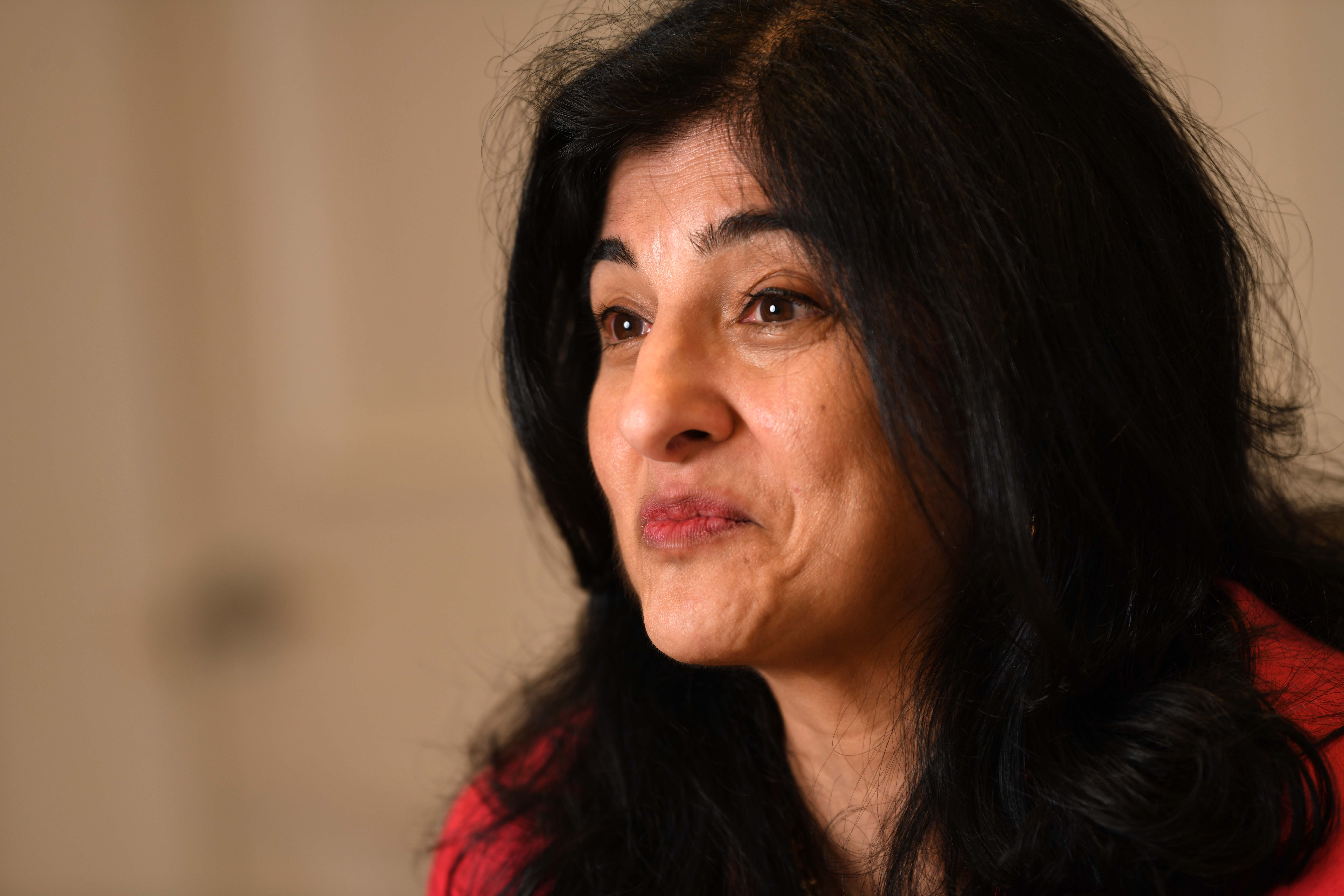In 2014, few people had more influence over the investment management industry than Seema Hingorani. She was chief investment officer of New York City’s pension fund, which meant she was responsible for the pensions of New York City’s army of cops, teachers, nurses and traffic wardens. She oversaw $160 billion in assets. She spent her time with an unending parade of asset managers, each promising her outstanding risk-adjusted returns, net of fees. It was her job to decide which asset managers deserved the money. For the asset managers, Hingorani was someone who needed to be impressed. She was the fourth-biggest public…
Cancel at any time. Are you already a member? Log in here.
Want to continue reading?
Introductory offer: Sign up today and pay €200 for an annual membership, a saving of €50.

